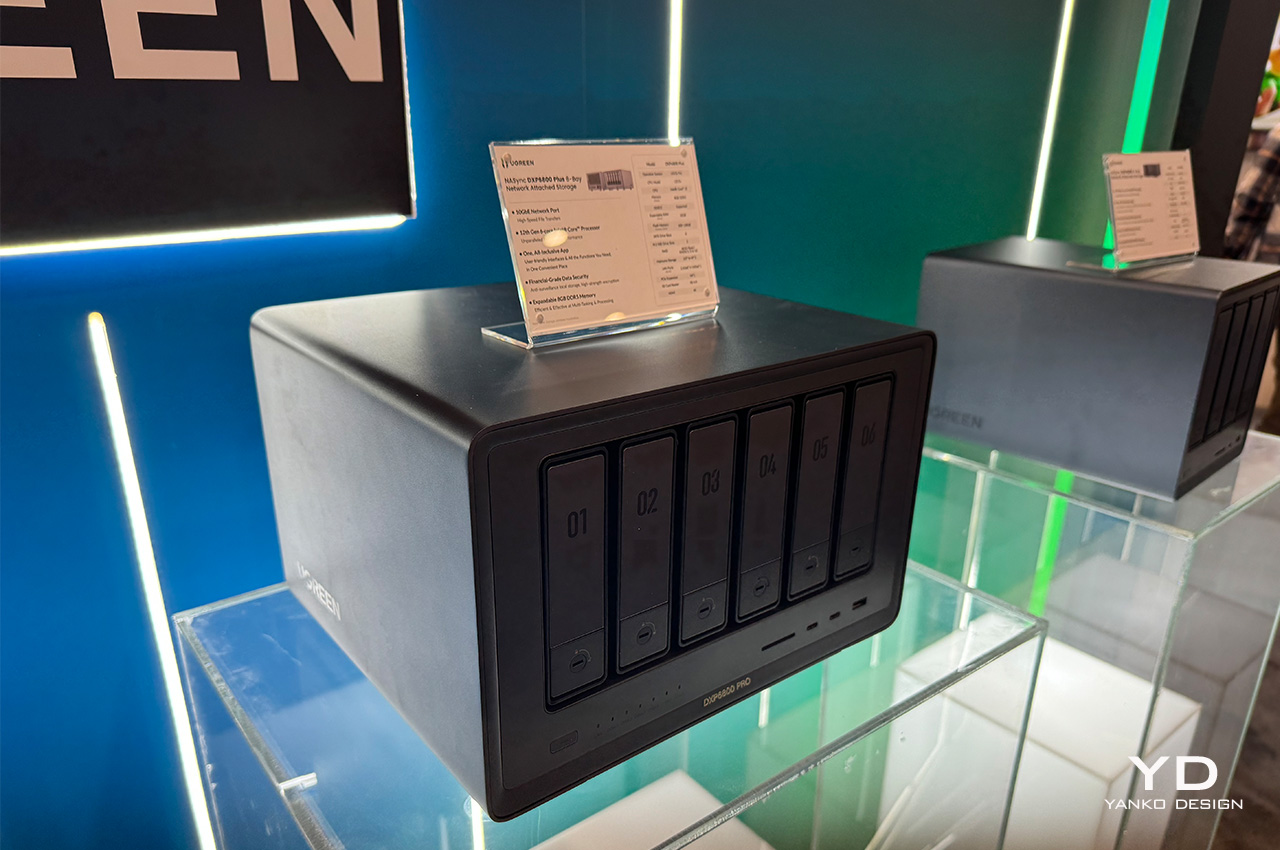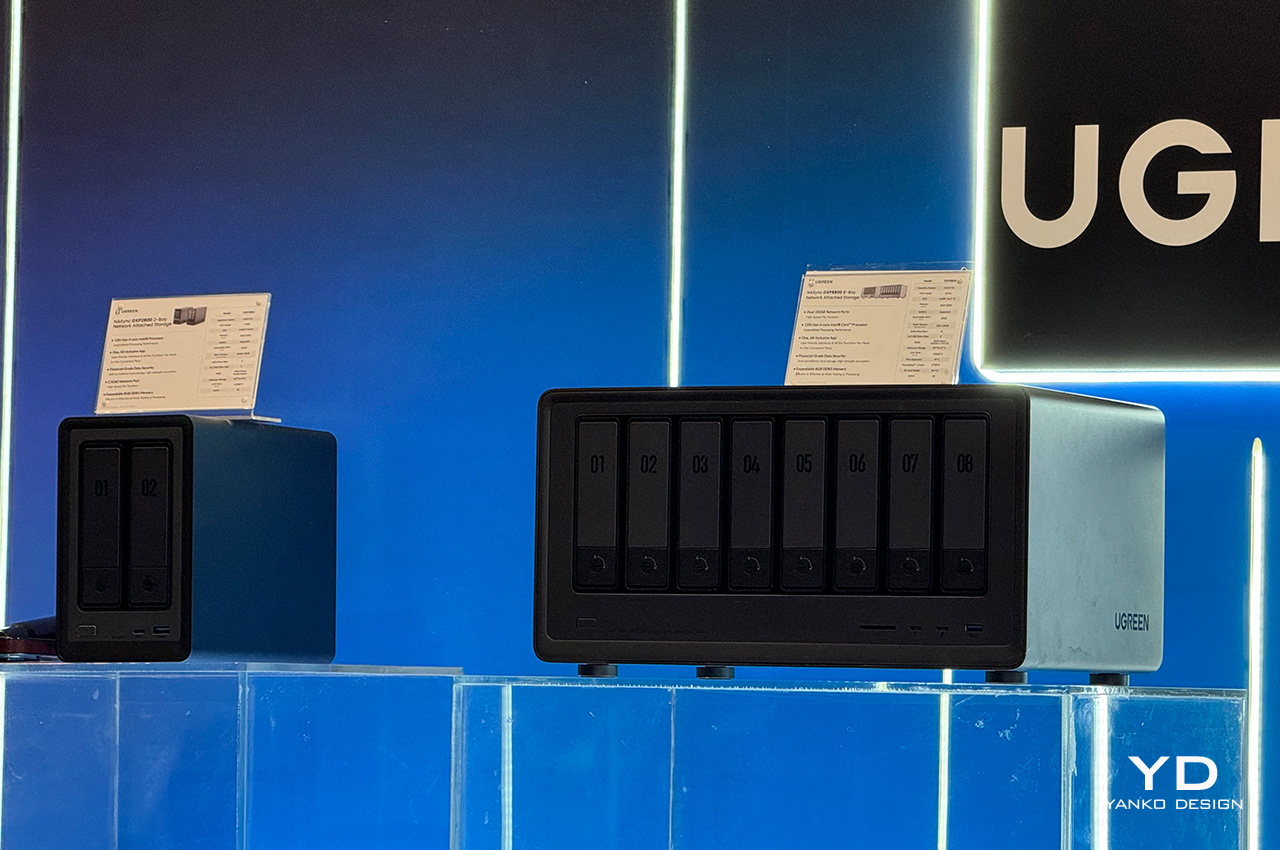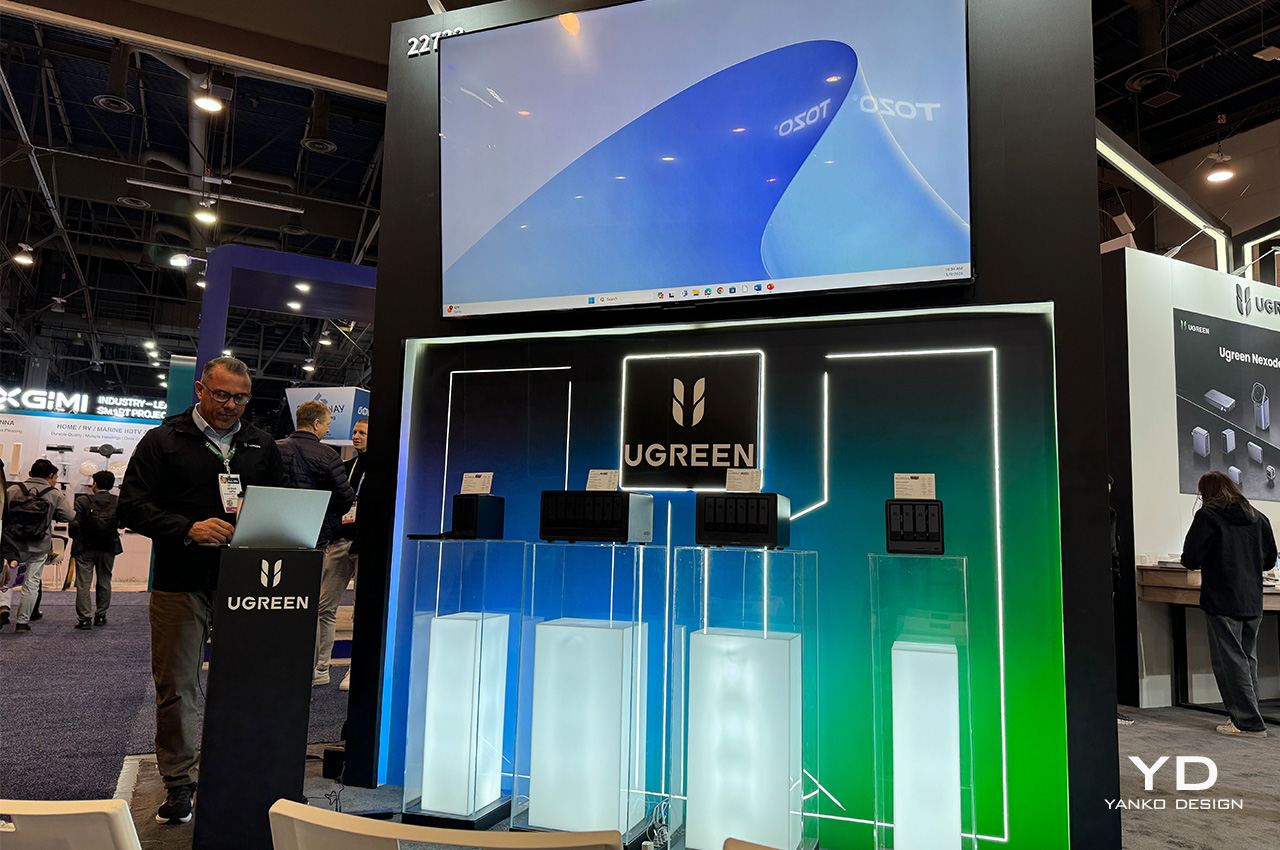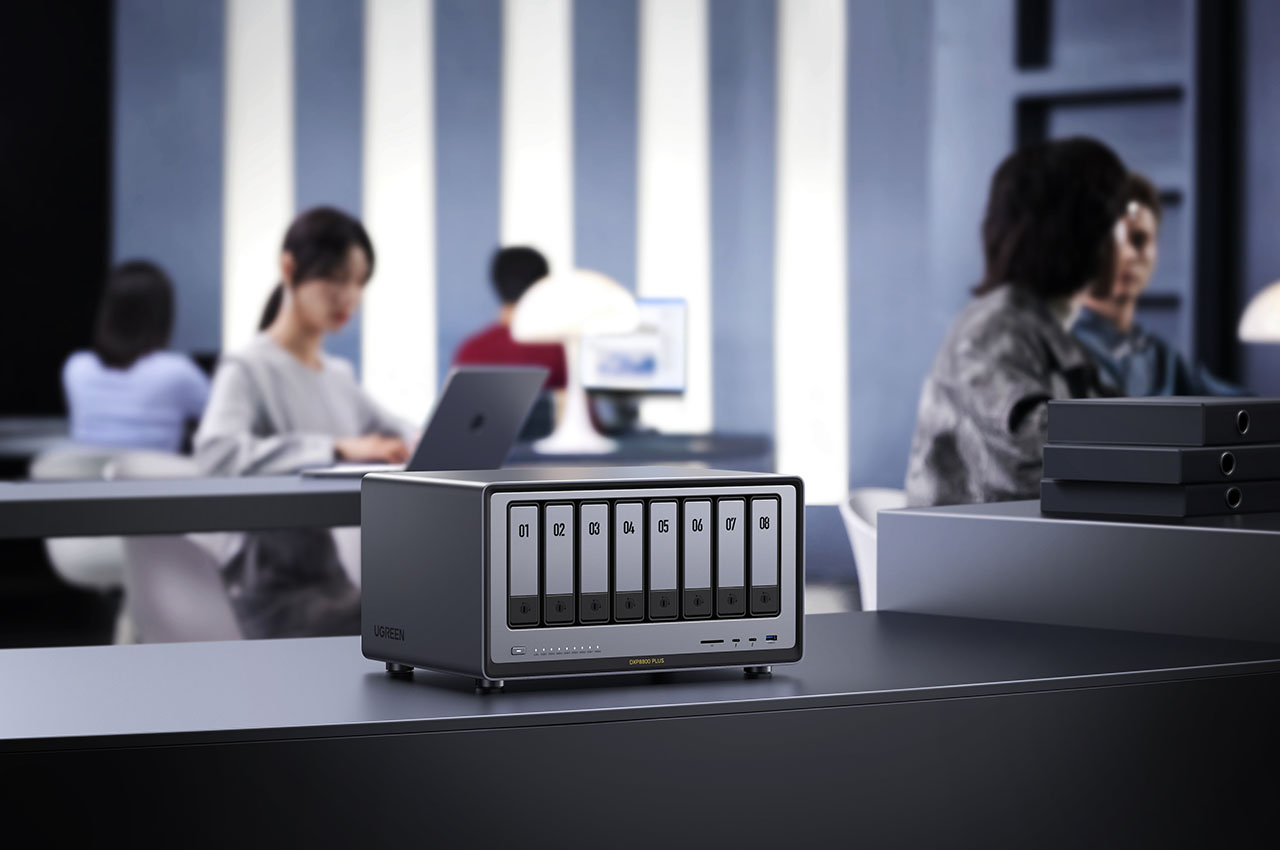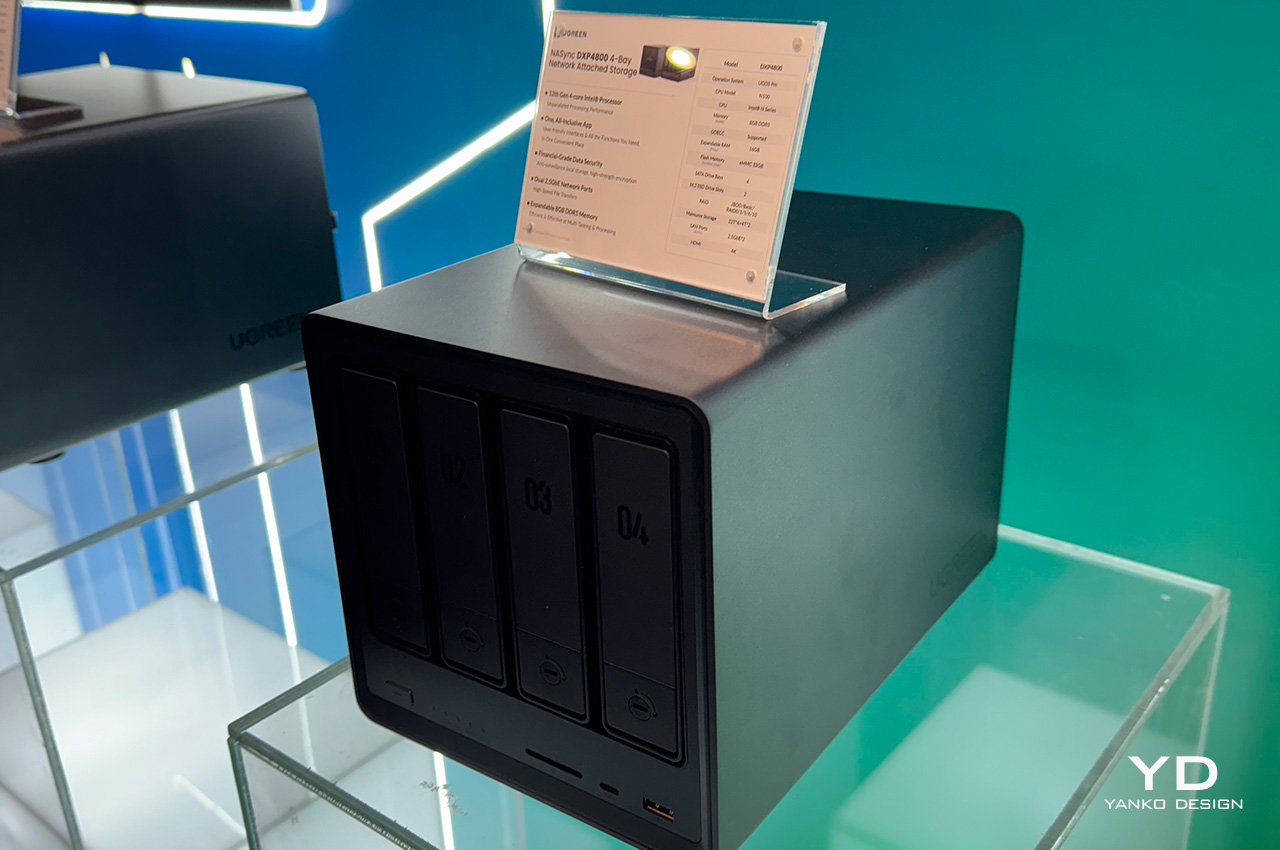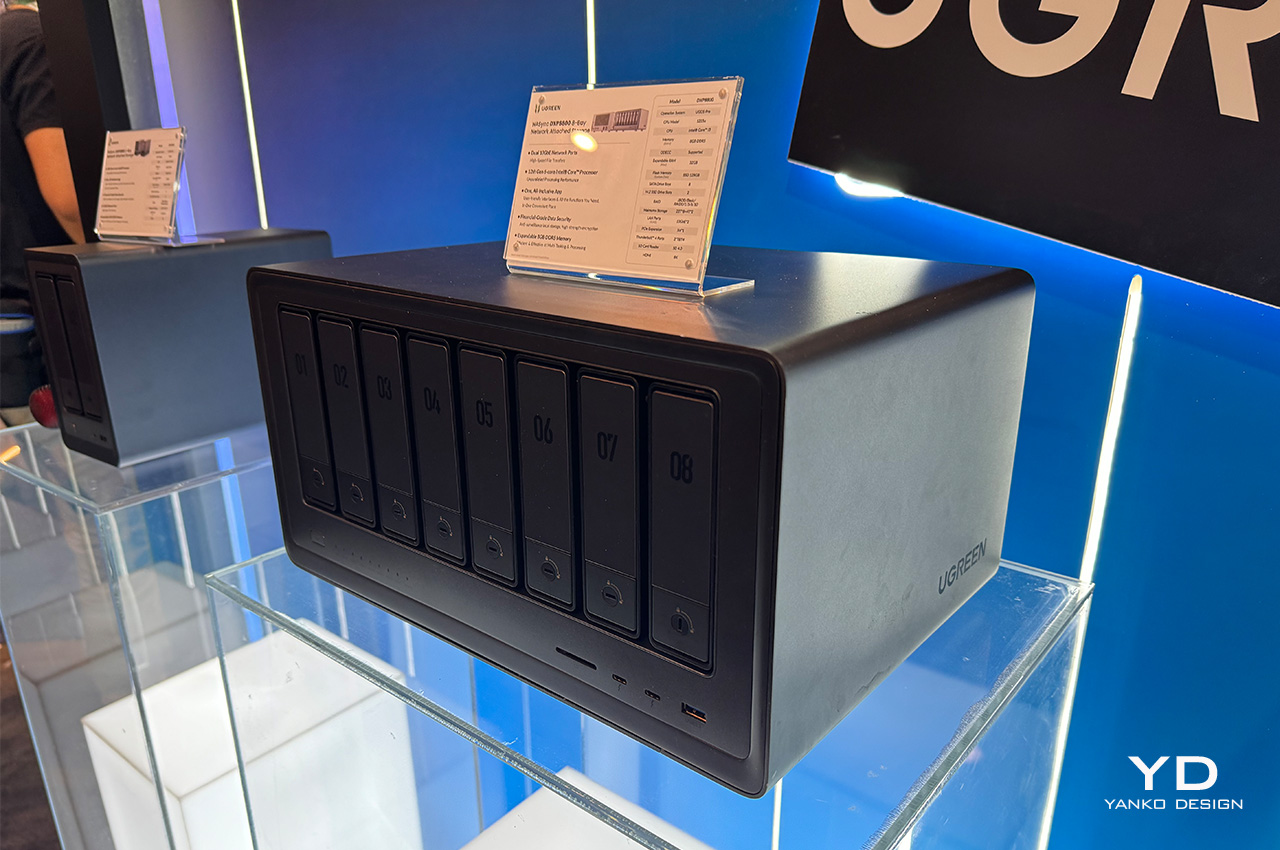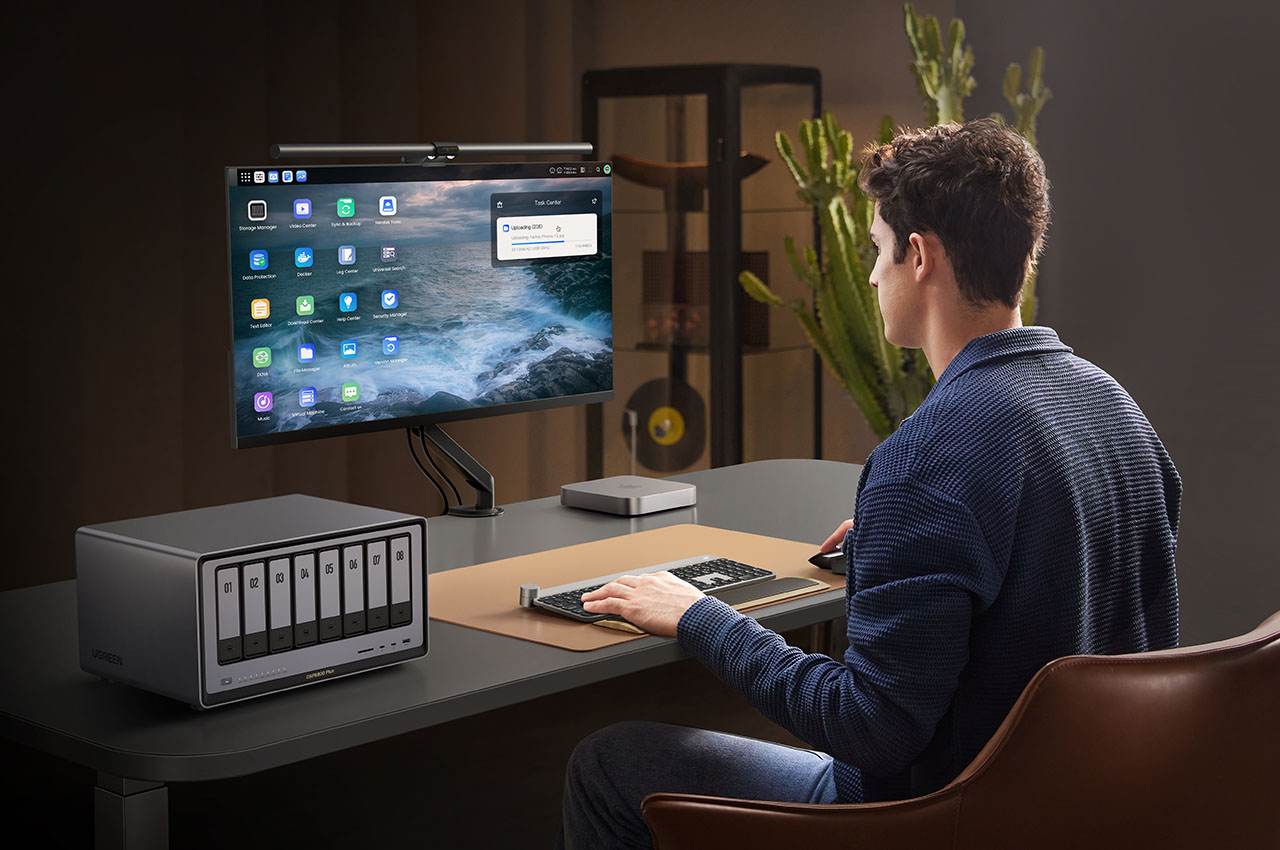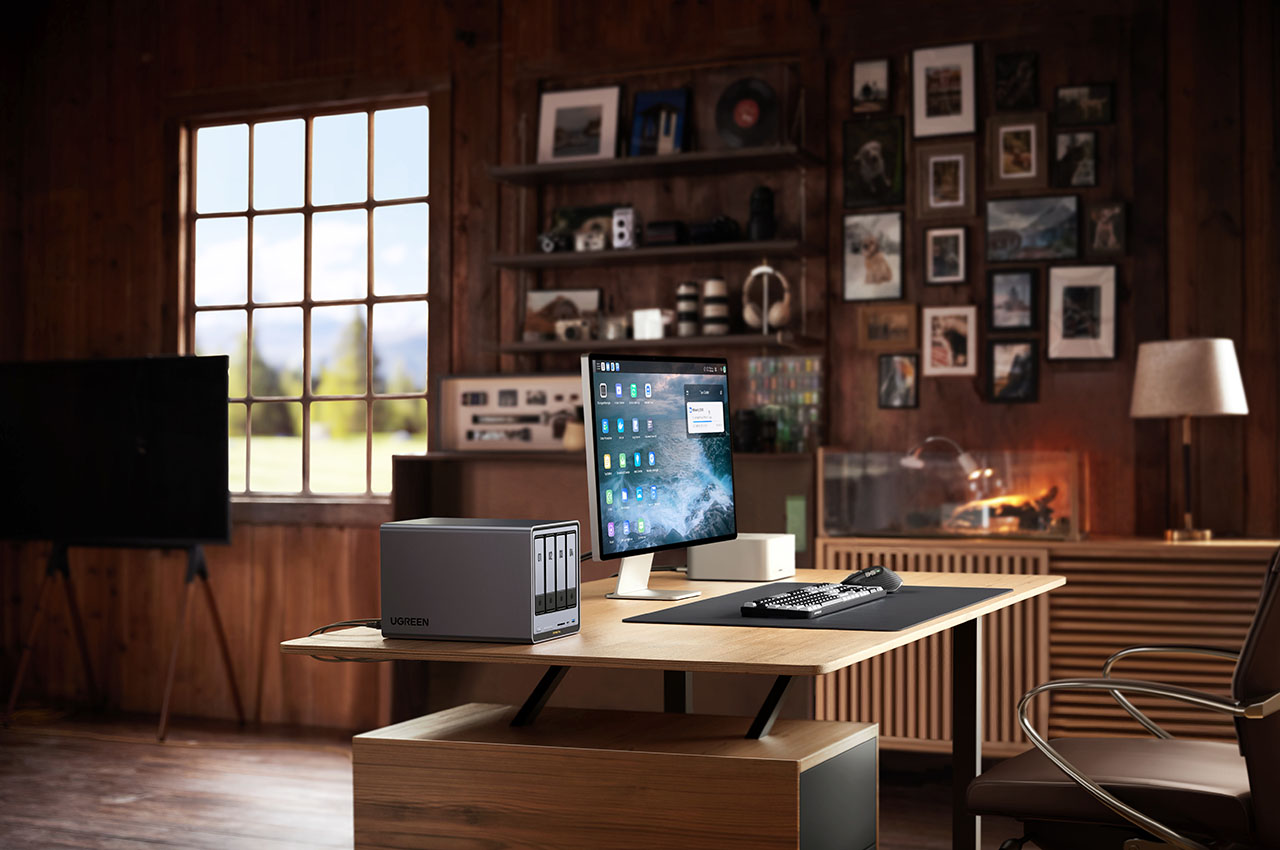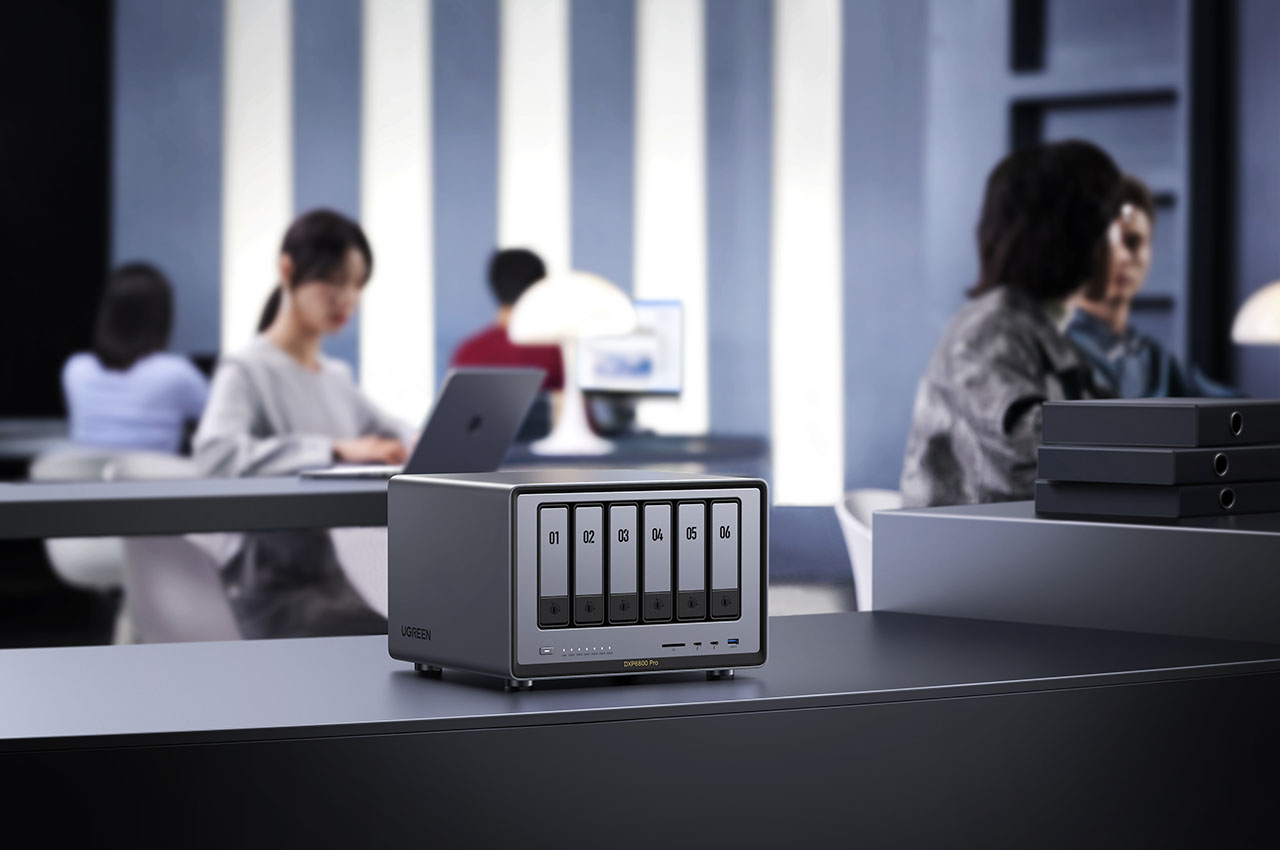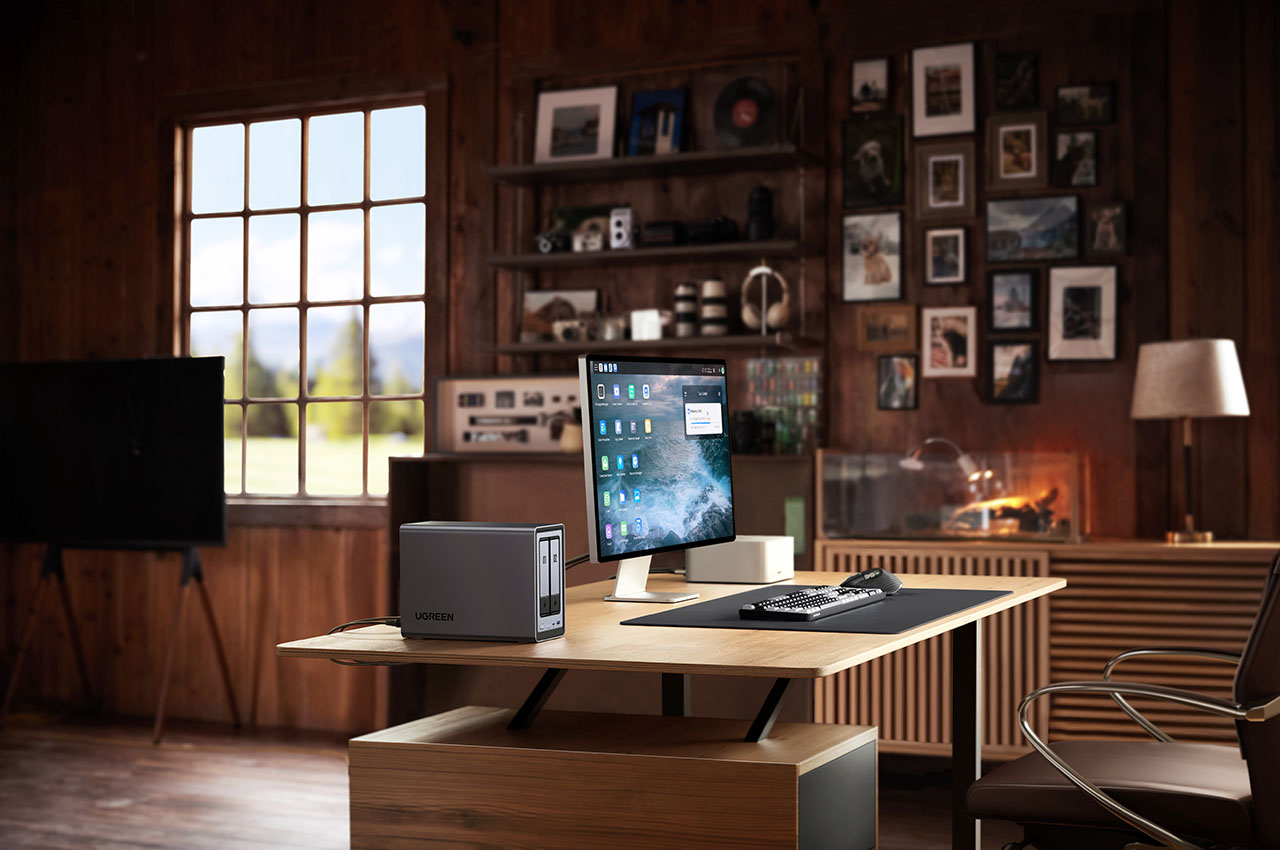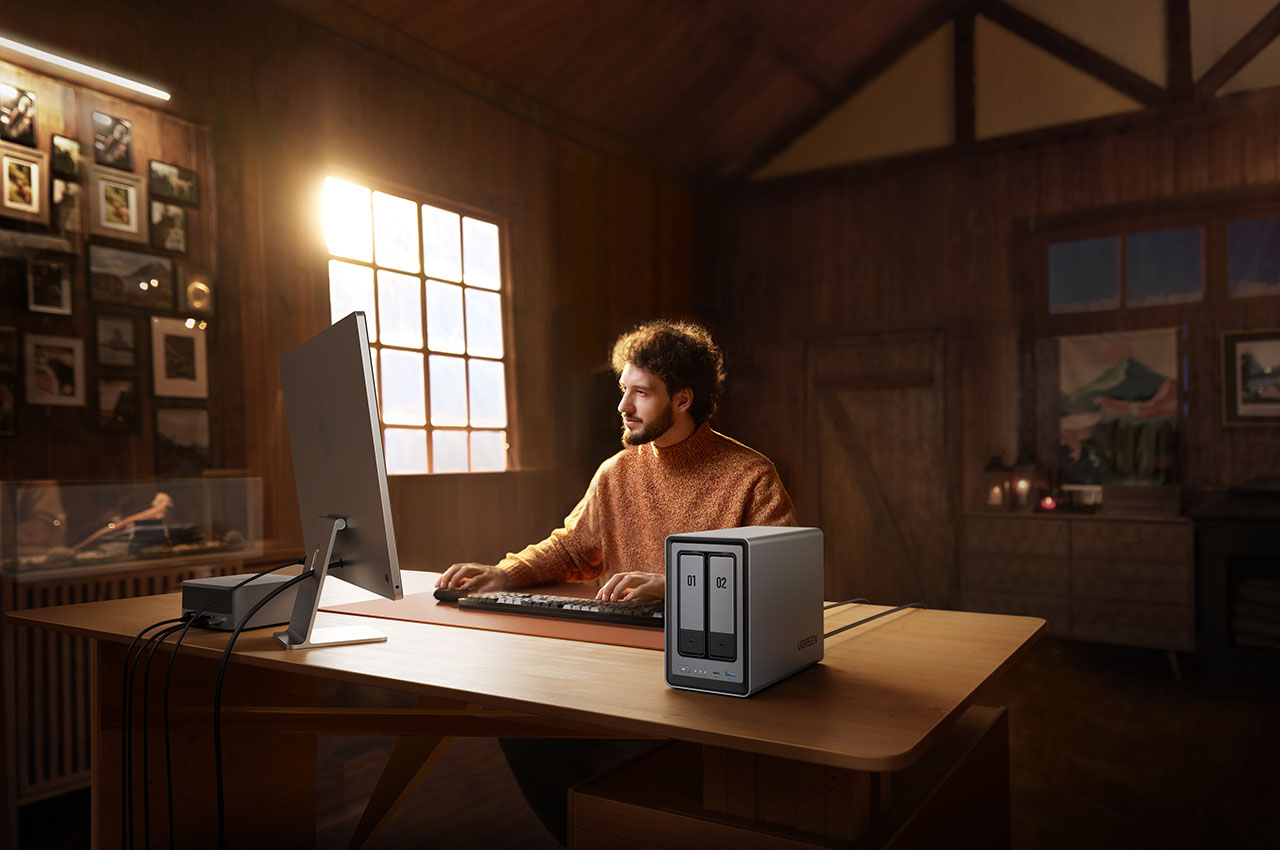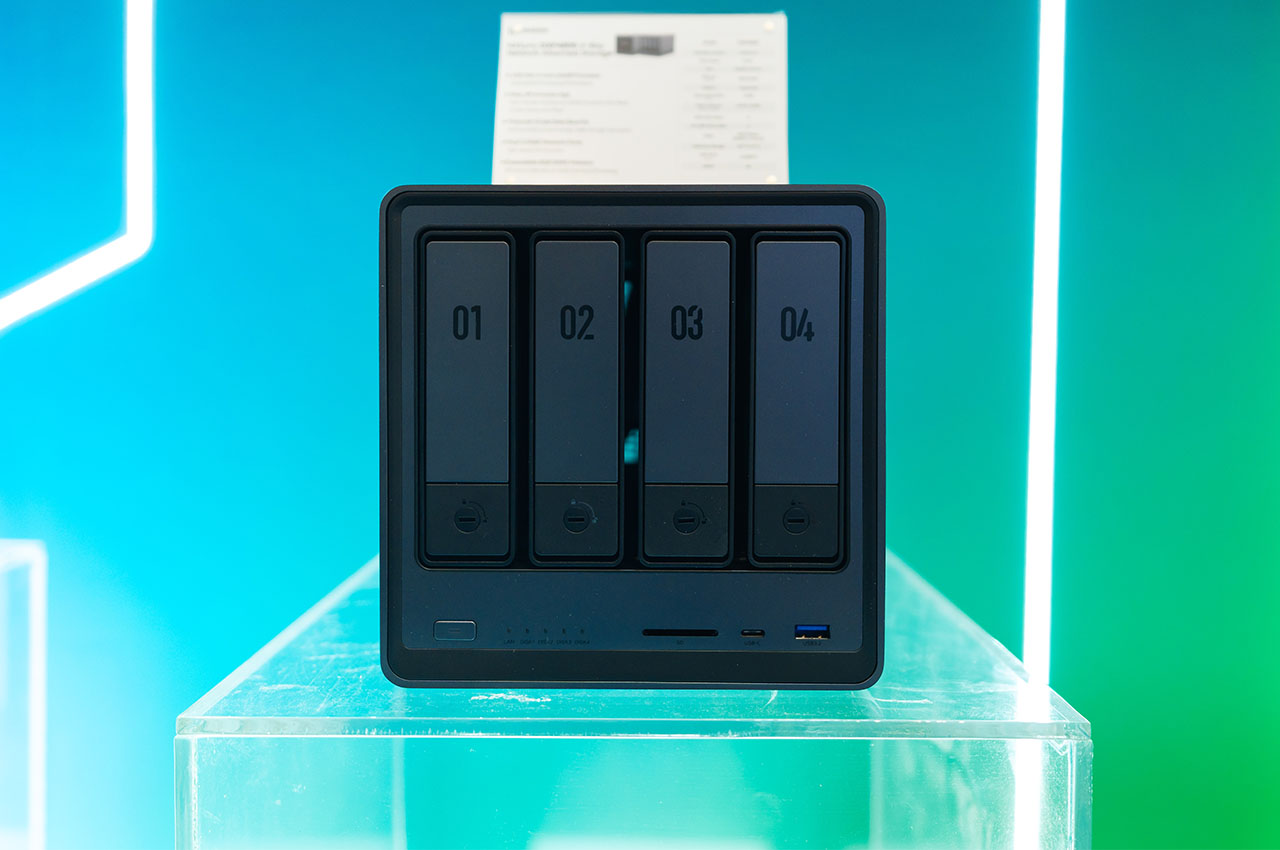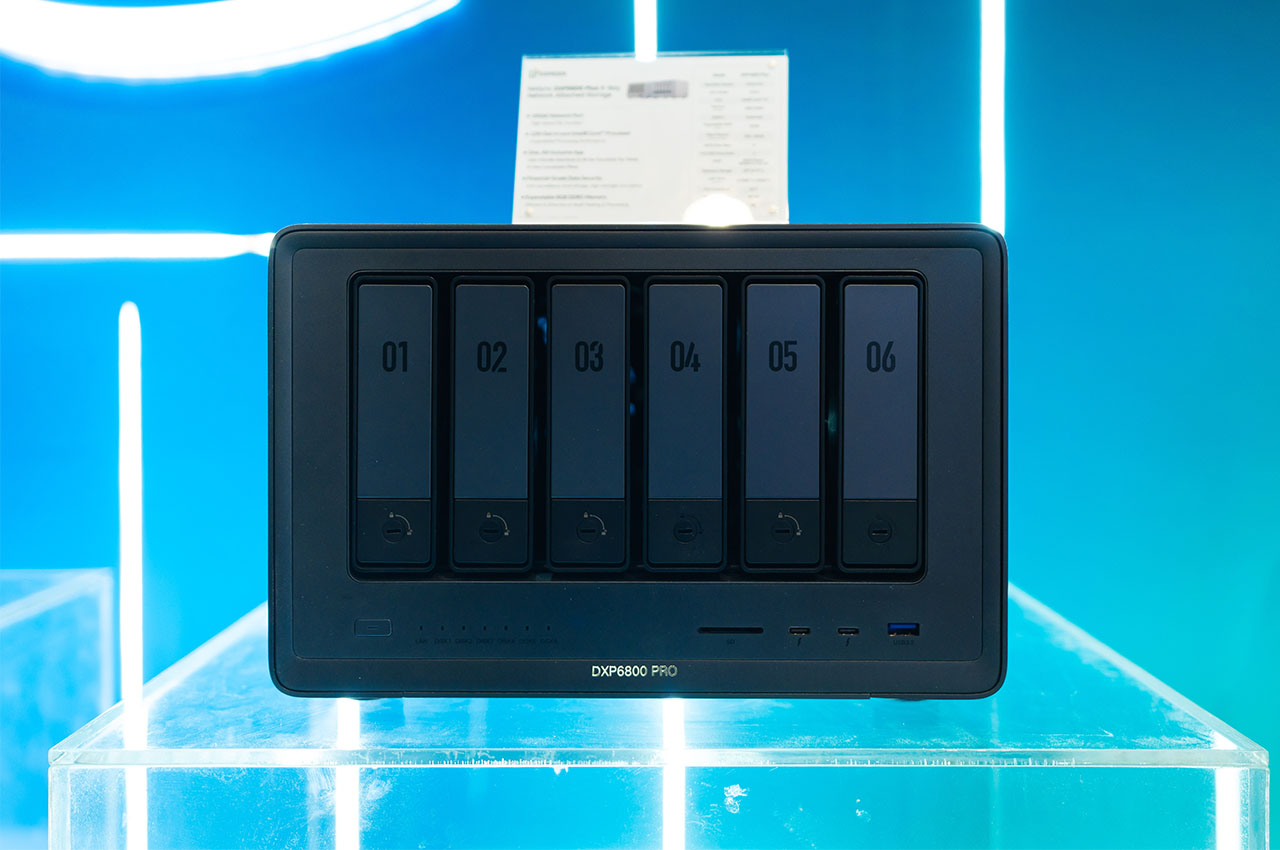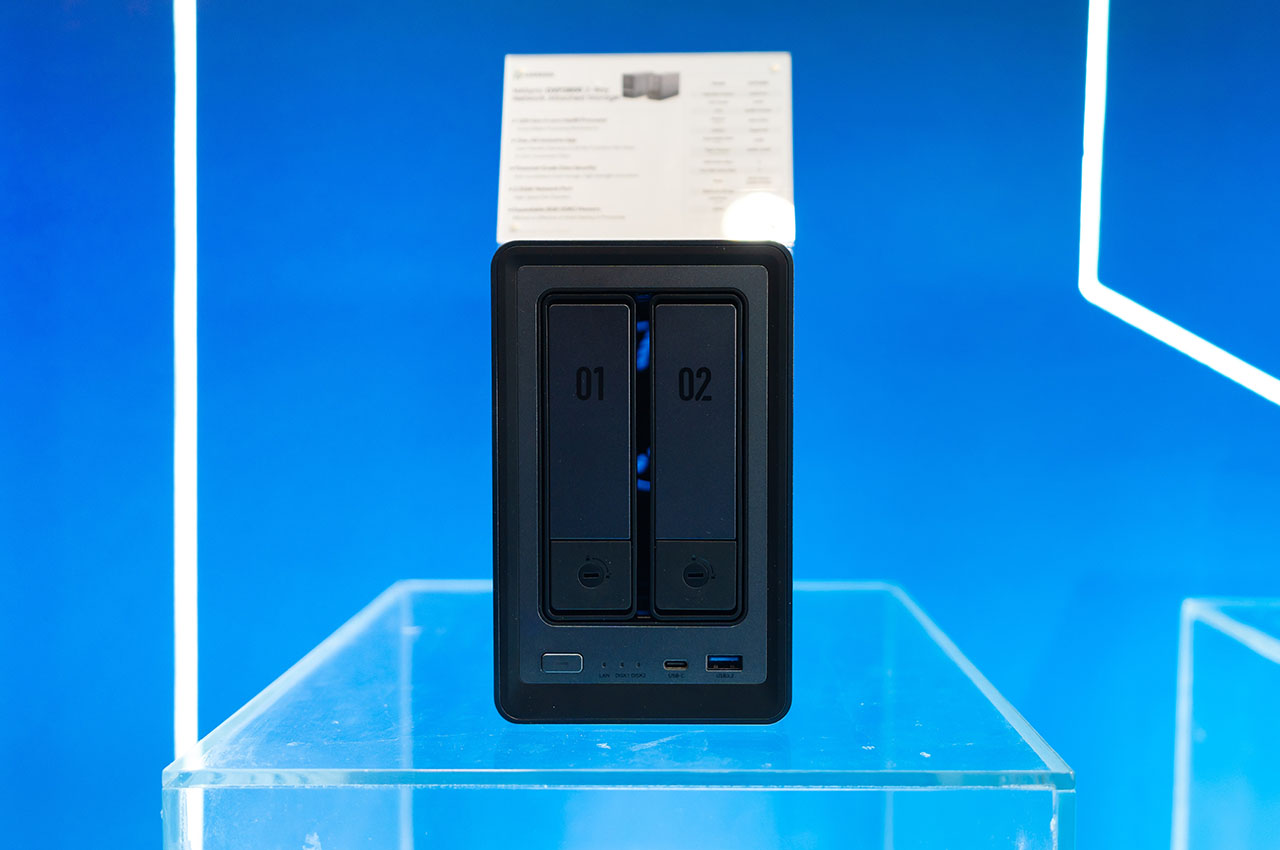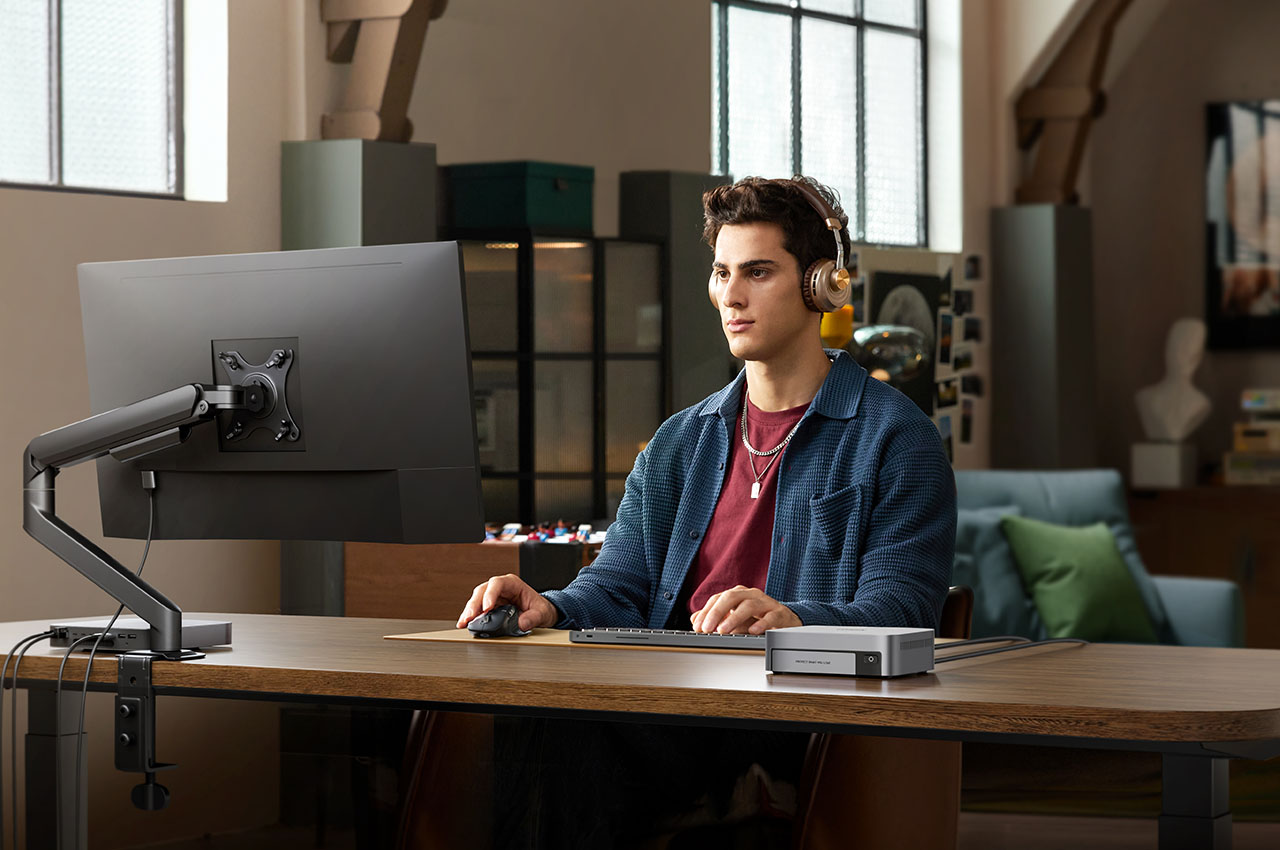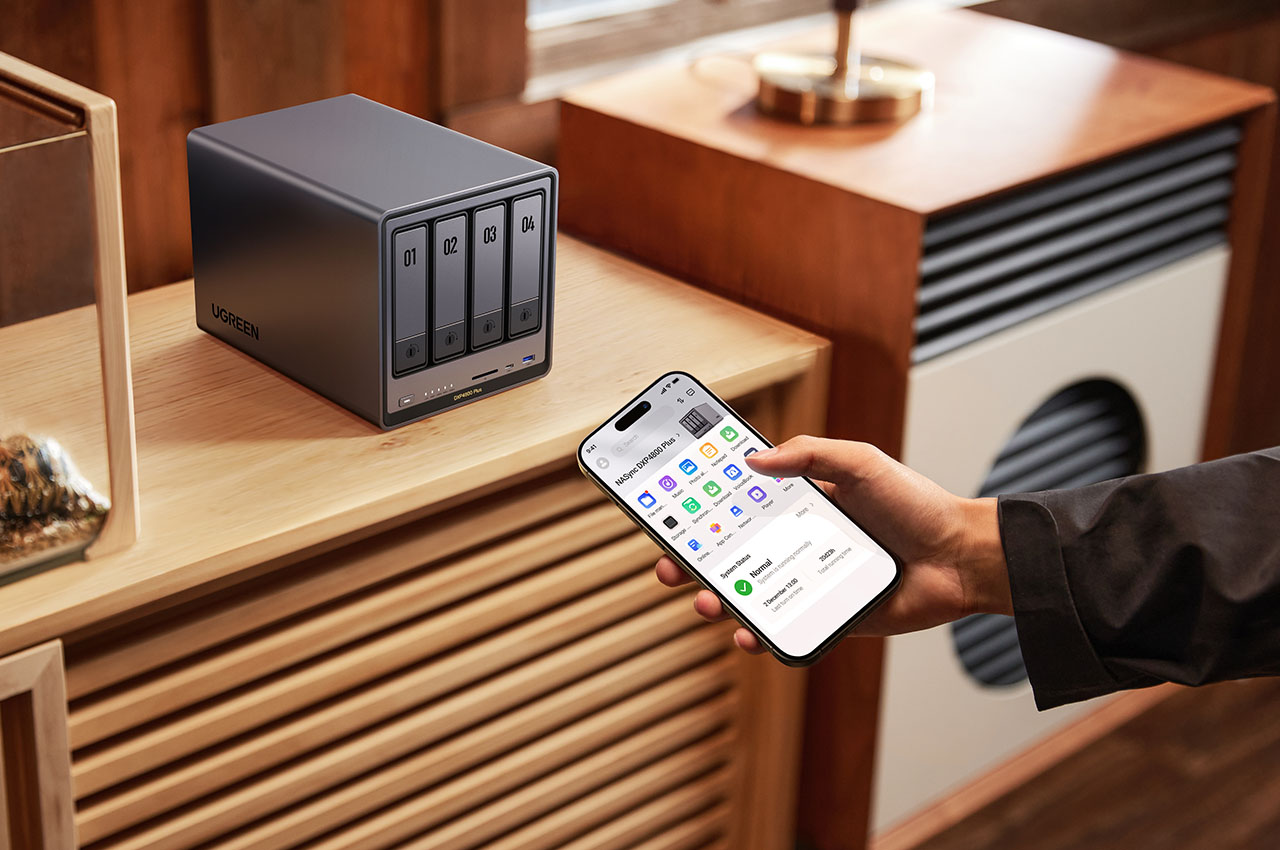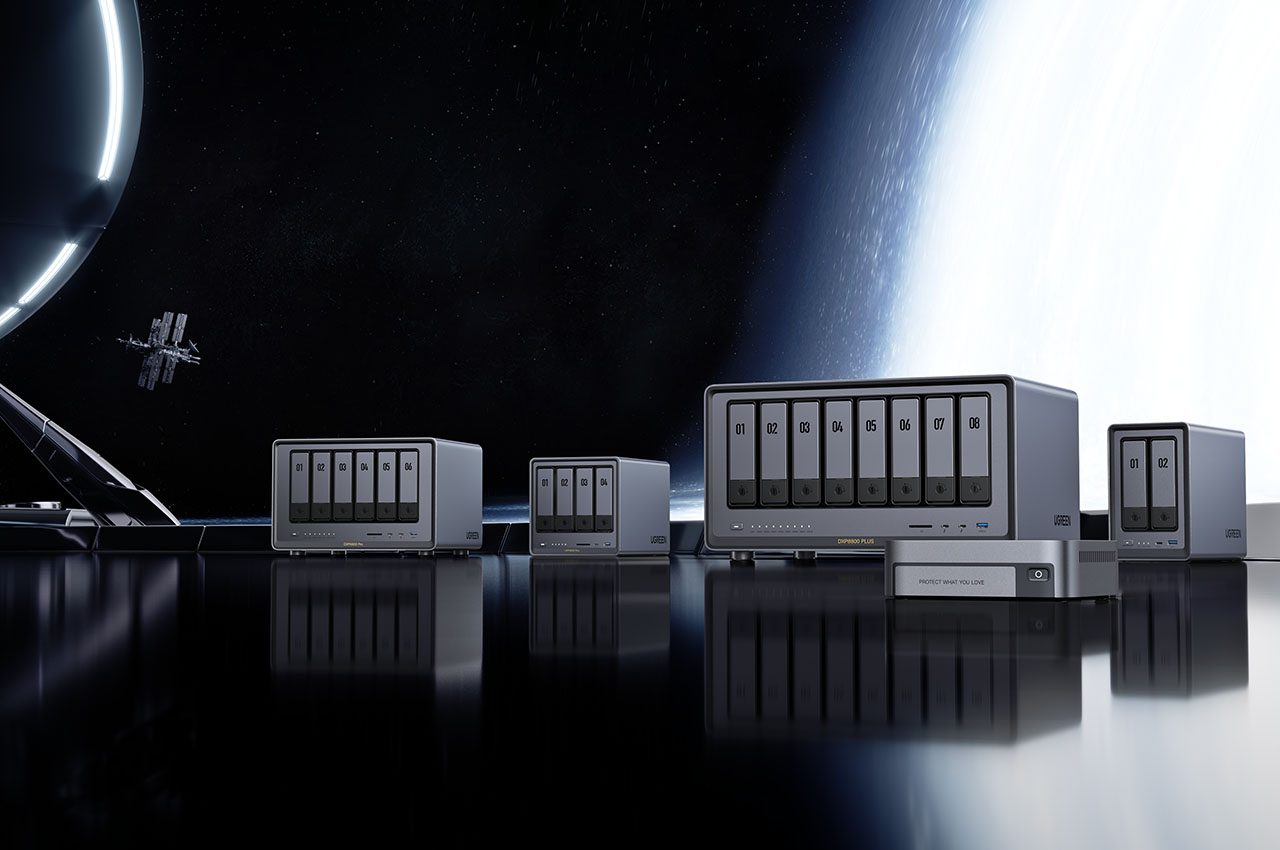
When your desktop or laptop or tablet does not have a large storage or your work involves a lot of large files, external hard drives are life savers. However sometimes they’re just too bulky and heavy to carry around, especially if you work outside or move around a lot. Also, if you’re like me, most likely all the files are just dumped there and you rely on the search button to look for what you need. But you probably don’t need most of the files that are stored there and yet you’re still constantly carrying that big hard drive around.
Designer: Junho Han


The idea for the Folder external hard disk is to have something that is not just all about storage but a more efficient way to carry around your files. It is meant to not have all your files in just one bulky device but to separate them into projects or folders so you can be more efficient in finding and storing your files especially if you’re working on several projects at once. Not much details are indicated in the concept page but you can see in some of the product renders that there’s a 1TB marking although I’m not sure if a tiny item like that can hold that much storage.



The hard drive itself is shaped like a tiny folder that you can hold in the palm of your hand. That’s why it’s hard to imagine how 1TB can fit into that in real life. But the design is pretty cute and if you have several folders hard drives, it’s like you also have several non-digital folders to organize everything into projects. The hard drive circuit board is inserted in a slot under the folder and there’s a USB-C port also so you can connect it to your device.



As a concept, it’s interesting and nice-looking. It’s like carrying around a USB-drive only bigger than the flash disk but definitely smaller than the bulky hard drives. Let’s see if can actually work as an actual product.


The post Folder-shaped hard drive concept is a more organized way to store files first appeared on Yanko Design.
